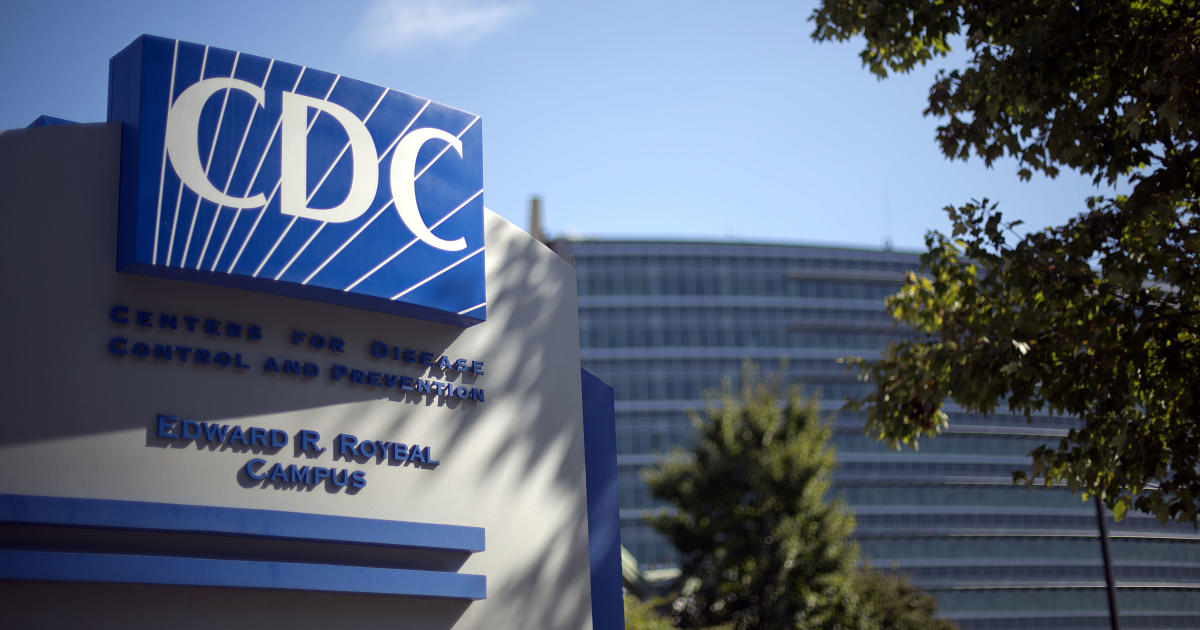The Department of Agriculture is ordering the dairy industry to test dairy cows for highly pathogenic infections. bird fluor HPAI H5N1, before they are moved interstate, federal officials announced Wednesday.
USDA’s decision to increase testing requirements for HPAI H5N1 comes after Food and Drug Administration disclosed As of Tuesday, samples of pasteurized milk sold on grocery store shelves had tested positive for the virus, prompting further research to verify whether the positive test was caused by lingering dead “virus particles” or by a virus living infectious.
It also comes after federal authorities said they had spotted “isolated” but worrying changes to the virus in cows, which US authorities believe may have contracted the virus from wild birds.
State veterinarians and laboratories that find that cattle have tested positive for the virus will be required to report their results to the USDA. Farms with sick cows will need to be investigated before moving livestock across state lines.
“The main objective of order, initially, these will be lactating cattle. But we will certainly have the opportunity to go beyond that if necessary,” Mike Watson, chief of the USDA’s Animal and Plant Health Inspection Service, told reporters Wednesday.
Civil servants said previously that the unprecedented spread of the virus among dairy cattle is likely due to a single spread event from wild birds, based on an analysis of genetic sequences collected from diseased cattle.
Since then, genetic data and investigations suggest that the virus has spread to infect cows all over the world. at least eight states and one human dairy worker in Texas. Egg farms in Texas and Michigan are also suspected of being infected with a cow-borne virus, adding to millions of poultry culled due to infections from wild birds.
“These farms are in close proximity to the affected dairy farms. So there could be a lateral flow from dairy farms to these poultry farms, to these laying operations. This could be the transfer of the virus via fomites, such as on clothing or on vehicles,” said Jamie Jonker, scientific director of the National Dairy Federation, during a recent Swine Health Information Center webinar.
The virus was not initially detected in the respiratory tract of most infected cows, authorities said, suggesting it does not spread through the air between cows like other types of flu. Instead, HPAI H5N1 in the current outbreak has been detected almost exclusively from unpasteurised milk and the cow’s organs that produce it. Authorities believe the virus may have spread between cows during the milking process on farms, through surfaces contaminated by infected raw milk.
However, Watson said at least one cow destined for slaughter now had signs of the virus in its lung tissue. The cow was condemned by USDA inspectors and did not enter the food supply, Watson…


